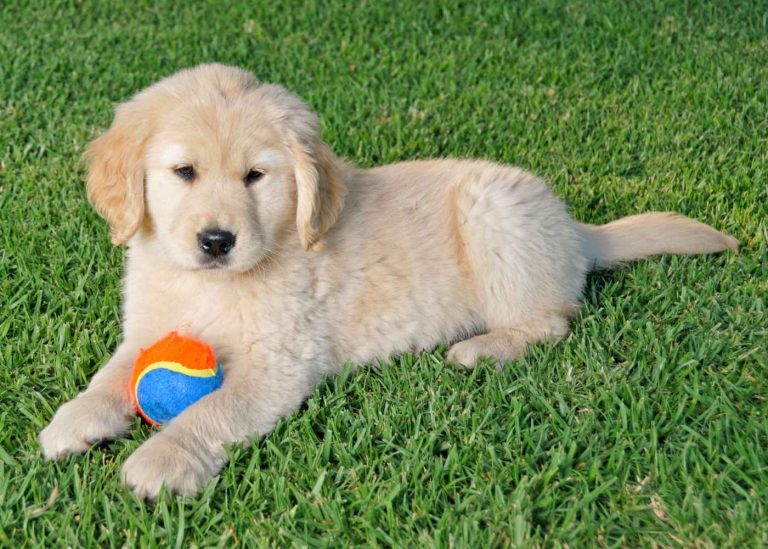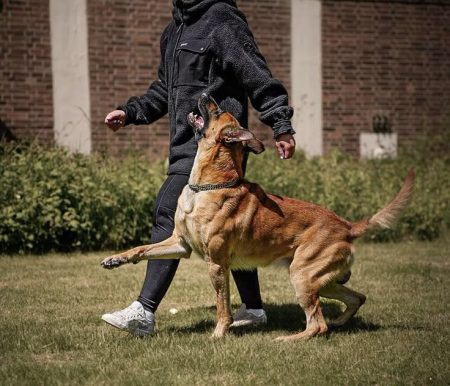Installing synthetic pet turf represents a significant investment in your home’s outdoor space that requires careful planning and expert guidance to ensure optimal results for both you and your pets. While DIY installation might seem cost-effective, professional consultation helps you avoid costly mistakes while ensuring your synthetic turf performs well and lasts for many years.
Professional installers bring specialized knowledge about drainage requirements, soil preparation, and pet-specific considerations that are crucial for successful synthetic turf installations. Their expertise helps you choose the right materials and installation methods that create safe, comfortable outdoor spaces for your pets while enhancing your property value.
Understanding why professional consultation matters helps homeowners make informed decisions that protect their investment while creating outdoor spaces that truly meet their pets’ needs and their family’s expectations.
Ensuring Proper Drainage Solutions
Effective drainage represents the most critical aspect of synthetic pet turf installation, as poor drainage creates odor problems, bacterial growth, and premature turf failure that can be expensive to correct. Professional consultants assess your yard’s natural drainage patterns and design systems that prevent water accumulation.
Soil composition and grade affect how water moves through and around your synthetic turf installation, requiring expert evaluation to determine necessary drainage improvements. Professionals understand which soil types need additional drainage solutions and how to implement them effectively.
Pet waste management requires specialized drainage considerations that standard synthetic turf installations might not address adequately. Professional pet turf installers design drainage systems specifically for pet waste removal and odor control that keep your outdoor space clean and pleasant.
Seasonal water management including snow melt, heavy rainfall, and irrigation runoff must be considered during installation planning to prevent problems that could damage your turf or create unsanitary conditions for your pets.
Selecting Appropriate Materials and Products
The variety of synthetic turf products includes different pile heights, backing materials, and infill options that affect performance, comfort, and maintenance requirements. Professional consultants from companies like Synthetic Turf International help you choose products specifically designed for pet use that provide optimal safety and durability.
Pet-safe materials and manufacturing processes ensure your synthetic turf doesn’t contain harmful chemicals or components that could affect your pets’ health through contact or ingestion. Professionals understand which products meet safety standards for pet applications.
Durability requirements for pet areas differ significantly from decorative or recreational turf applications, as pets create unique wear patterns and stress points that require specialized products designed to withstand pet activity and waste exposure.
Climate considerations affect material selection, as different synthetic turf products perform better in various weather conditions and temperature ranges. Professional guidance ensures you choose materials suited for your local climate conditions.
Planning Effective Installation Methods
Ground preparation requirements for synthetic pet turf installations involve specific techniques and materials that ensure long-term performance and prevent common problems like uneven surfaces, drainage issues, and premature wear. Professional installers understand these critical preparation steps.
Base material selection and installation techniques affect the stability, drainage, and longevity of your synthetic turf while providing the proper foundation for heavy pet use and weather exposure. Professionals use appropriate base materials and compaction methods.
Edge treatments and transitions between synthetic turf and other landscape elements require careful planning and professional techniques to create seamless, attractive installations that prevent edge lifting and material degradation over time.
Seaming and joining methods for larger installations must be executed properly to prevent visible seams, separation, or water infiltration that can cause problems. Professional installers have the tools and expertise needed for invisible, durable seams.
Addressing Pet-Specific Requirements
Different pets have varying needs and behaviors that affect synthetic turf selection and installation requirements, from large dogs that require more durable surfaces to small pets that need softer, more comfortable materials. Professional consultants consider your specific pets’ characteristics.
Safety considerations including non-toxic materials, appropriate cushioning, and proper edge treatments ensure your pets can use the synthetic turf safely without risk of injury or health problems from exposure to installation materials.
Comfort factors like surface temperature, texture, and cushioning affect whether pets will actually use the synthetic turf area regularly. Professional guidance helps ensure your installation creates spaces pets enjoy using rather than avoid.
Behavioral considerations including digging tendencies, play patterns, and territorial marking affect installation design and material selection. Professionals understand how to create installations that accommodate natural pet behaviors.
Understanding Maintenance Requirements
Long-term maintenance needs for synthetic pet turf differ from standard turf applications and require specific cleaning products, techniques, and schedules to maintain hygiene and appearance. Professional consultation includes comprehensive maintenance guidance.
Cleaning protocols for pet waste removal, odor control, and bacterial prevention must be established before installation to ensure you’re prepared to maintain your synthetic turf properly. Professionals provide detailed maintenance instructions and product recommendations.
Seasonal maintenance including debris removal, infill redistribution, and deep cleaning helps extend turf life while maintaining optimal performance and appearance. Professional guidance ensures you understand year-round maintenance requirements.
Repair and replacement procedures for damaged areas help you address problems quickly before they become larger issues that require extensive repairs. Professionals explain how to identify and address common problems.
Maximizing Investment Value
Professional installation ensures your synthetic pet turf performs as expected while maintaining warranty coverage that protects your investment. Many manufacturers require professional installation to honor warranty terms and performance guarantees.
Quality assurance through professional installation prevents common problems that can necessitate expensive repairs or complete replacement within a few years of installation. Professional work protects your investment while ensuring optimal performance.
Property value considerations include choosing installations that enhance rather than detract from your home’s appeal and marketability. Professional consultants help design installations that add value while meeting your pets’ needs.
Making Informed Decisions
Professional consultation provides comprehensive information about costs, benefits, limitations, and alternatives that help you make informed decisions about synthetic pet turf installation. This guidance ensures your investment meets your expectations while avoiding costly mistakes.
Expert advice covers all aspects of synthetic pet turf ownership from initial selection through long-term maintenance, ensuring you understand the complete commitment involved in creating successful pet-friendly outdoor spaces.
Choose experienced professionals who specialize in pet turf installations and can provide references, warranties, and ongoing support that protect your investment while ensuring your pets enjoy safe, comfortable outdoor spaces.








